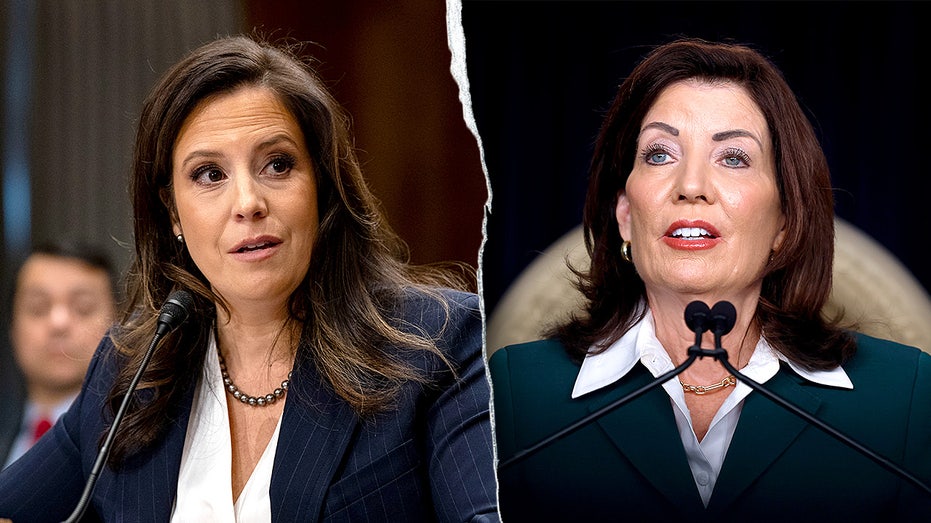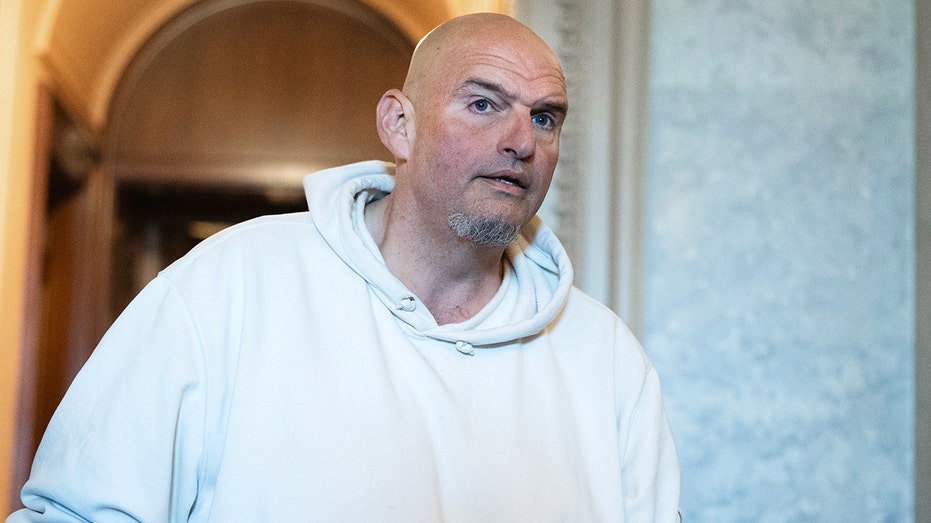A storm is brewing over New York’s energy future, and homeowners are bracing for impact. Reports are surfacing of impending utility rate hikes, potentially adding $800 to $1,000 annually to household bills by 2026 – a staggering 40% increase for many families.
Congressional Representative Elise Stefanik, now a leading challenger to Governor Kathy Hochul, has sharply criticized the governor’s energy policies as a primary driver of these escalating costs. She argues that Hochul’s commitment to restrictions on fossil fuel exploration, including a continued ban on natural gas fracking, is directly responsible for making New York’s energy the most expensive in the nation.
The situation is particularly stark for those living near the border with Pennsylvania, where fracking operations continue to thrive. This creates a noticeable economic disparity, as communities just across the state line benefit from energy resources unavailable to New Yorkers.
The debate isn’t limited to partisan lines. Assemblymember Anna Kelles, a Democrat, highlighted the plight of constituents facing exorbitant bills, with one resident receiving a shocking $2,600 charge, half of which was attributed to delivery fees. She points a finger at utility companies, accusing them of prioritizing profits over affordability.
The closure of the Indian Point nuclear power plant several years ago, a decision defended by former Governor Andrew Cuomo due to safety concerns, continues to fuel the debate. Critics argue that eliminating this reliable energy source has exacerbated the state’s reliance on more expensive alternatives.
Governor Hochul’s campaign defends her record, asserting a focus on affordability through tax cuts and efforts to lower energy costs. They, in turn, blame congressional Republicans and former President Trump for the rising rates, citing tariffs as a contributing factor.
Adding another layer of complexity, potential challengers to Stefanik are emerging. Nassau County Executive Brad Blakeman is considering a primary run, believing he can appeal to a broader range of voters with a more centrist approach. He suggests discontent is growing among suburban voters, particularly regarding Hochul’s support for New York City’s newly elected mayor.
The looming gubernatorial race is rapidly becoming a referendum on New York’s energy policy and the affordability crisis gripping the state. The stakes are high, and the future of energy costs for millions of New Yorkers hangs in the balance.
Beyond the immediate financial burden, the escalating energy costs are sparking a broader conversation about the state’s economic future. The question remains: can New York achieve its ambitious green energy goals without placing an unsustainable strain on its residents and businesses?






